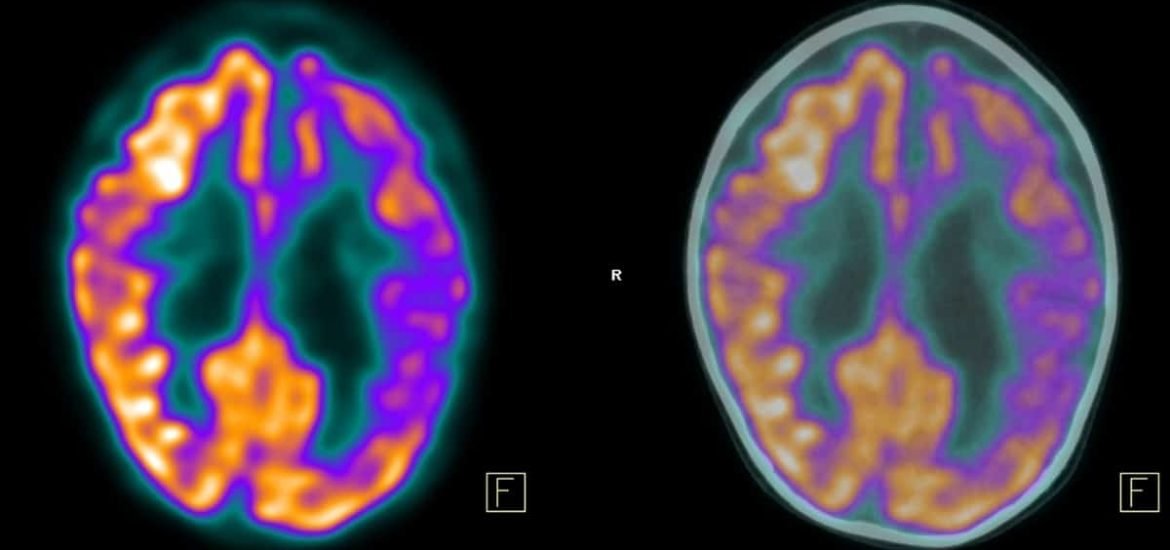
Computational models and artificial intelligence (AI) have the potential to become extremely useful in the early intervention and treatment of Alzheimer’s disease. Timely diagnosis of the disease remains a challenge but is crucial, as treatments and interventions are more effective earlier in the disease progression process. In a new study published on 6 November in Radiology, a peer-reviewed medical journal, researchers present a deep learning algorithm that can predict the final diagnosis of Alzheimer’s disease much sooner.
Early detection may provide the opportunity for interventions that could either slow down or even halt the disease from progressing further. Variation in specific biomarkers of a disease is much easier to spot than the subtle metabolic changes linked to Alzheimer’s disease, typically represented by changes in the pattern of glucose uptake in regions of the brain. So, researchers have turned to artificial intelligence for help.
A multidisciplinary team of researchers from the University of California used a form of AI called deep learning to detect changes in brain metabolism indicative of Alzheimer’s disease. They used data from the Alzheimer’s Disease Neuroimaging Initiative (ADNI), a multi-centre study aimed at preventing and improving the treatment of Alzheimer’s, to train their algorithm; specifically, more than 2,100 18-F-fluorodeoxyglucose positron emission tomography (FDG-PET) brain images from 1,002 patients. The radioactive glucose compound, FDG, is injected into the blood and the uptake of FDG by brain cells is measured by PET scans, as an indicator of metabolic activity. By learning the metabolic patterns associated with Alzheimer’s, the algorithm was able to detect the disease much earlier than the actual clinical diagnosis.
The initial test set was small ― an independent set of 40 imaging exams for 40 separate patients ― and will require further validation, however, the results are promising. The algorithm achieved 100 per cent sensitivity in detecting the disease an average of six years prior to the actual diagnosis. The next step will be to look for patterns associated with the accumulation of other markers specific to the disease, such as beta-amyloid and tau proteins ― abnormal protein clumps and tangles in the brain.
This is just one of many important advances being made in the use of AI for the early diagnosis and prevention of disease. Another paper published in September 2018 by a group of Canadian researchers showed that machine learning techniques can be used to model the progression of symptoms associated with cognitive decline (1). They were able to show that their model can detect the early symptoms of individuals at risk of dementia, which could be useful for preventing Alzheimer’s as well as other neurodegenerative diseases.
These findings along with other important studies will hopefully lead to improved management and potential strategies for preventing and managing devastating neurodegenerative diseases.
(1) Ding, Y. et al. A Deep Learning Model to Predict a Diagnosis of Alzheimer Disease by Using 18F-FDG PET of the Brain. Radiology (2018). DOI: 10.1148/radiol.2018180958
(2) Bhagwat, N. et al. Alzheimer’s Disease Neuroimaging Initiative (2018) Modeling and prediction of clinical symptom trajectories in Alzheimer’s disease using longitudinal data. PLoS One (2018). DOI: 10.1371/journal.pcbi.1006376